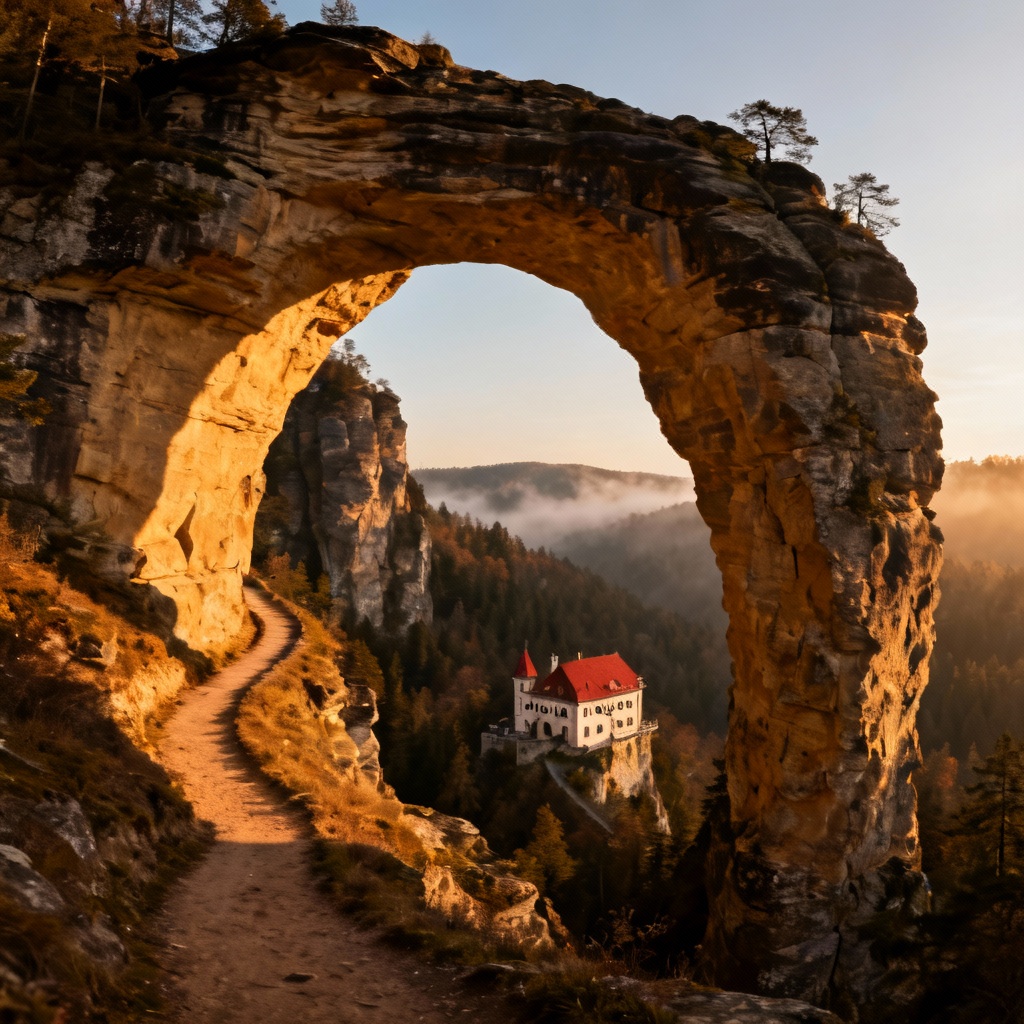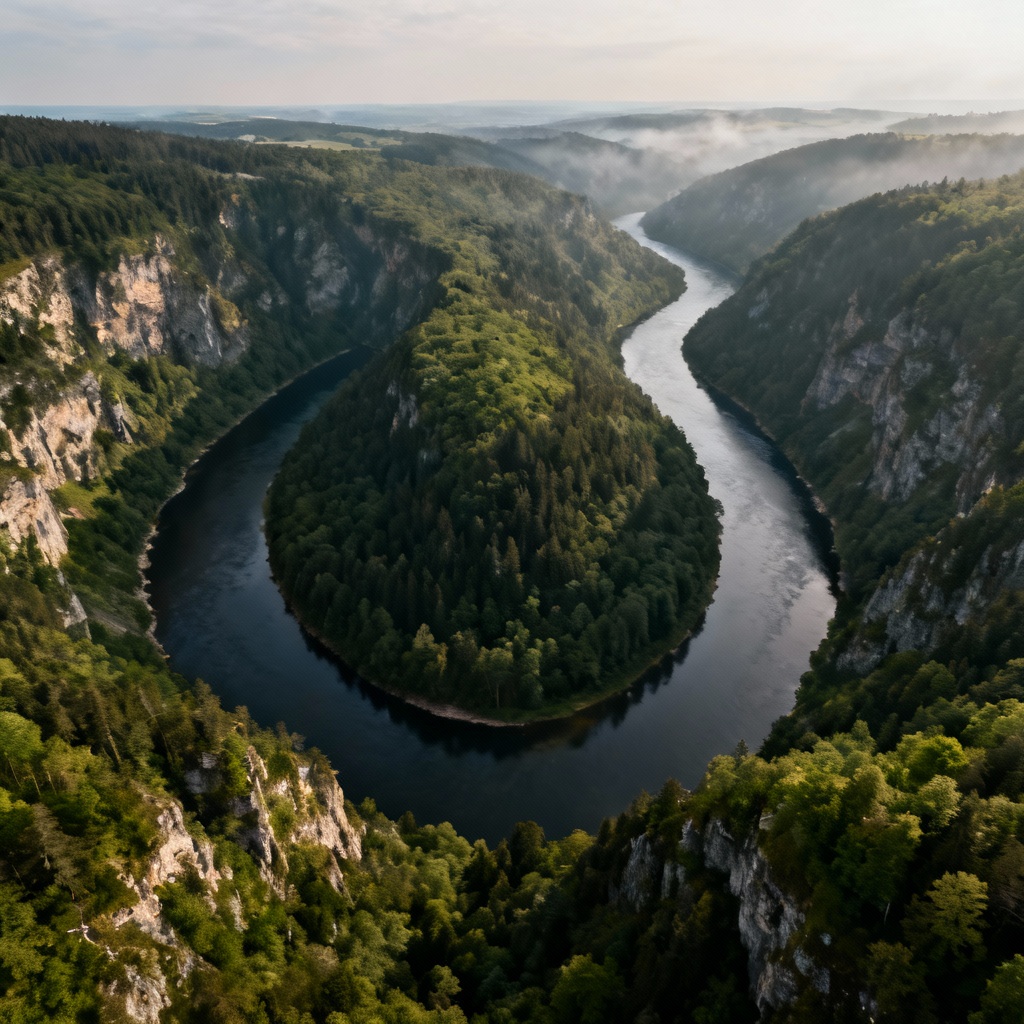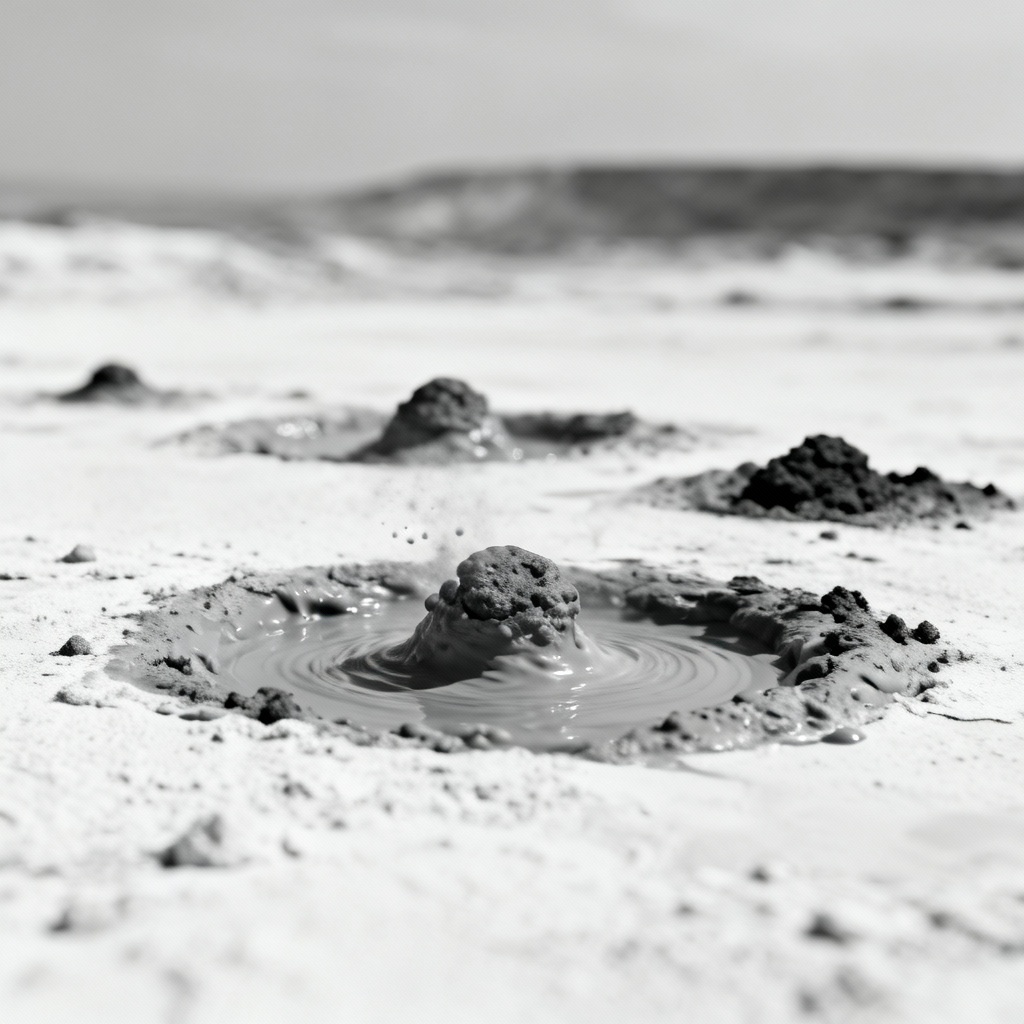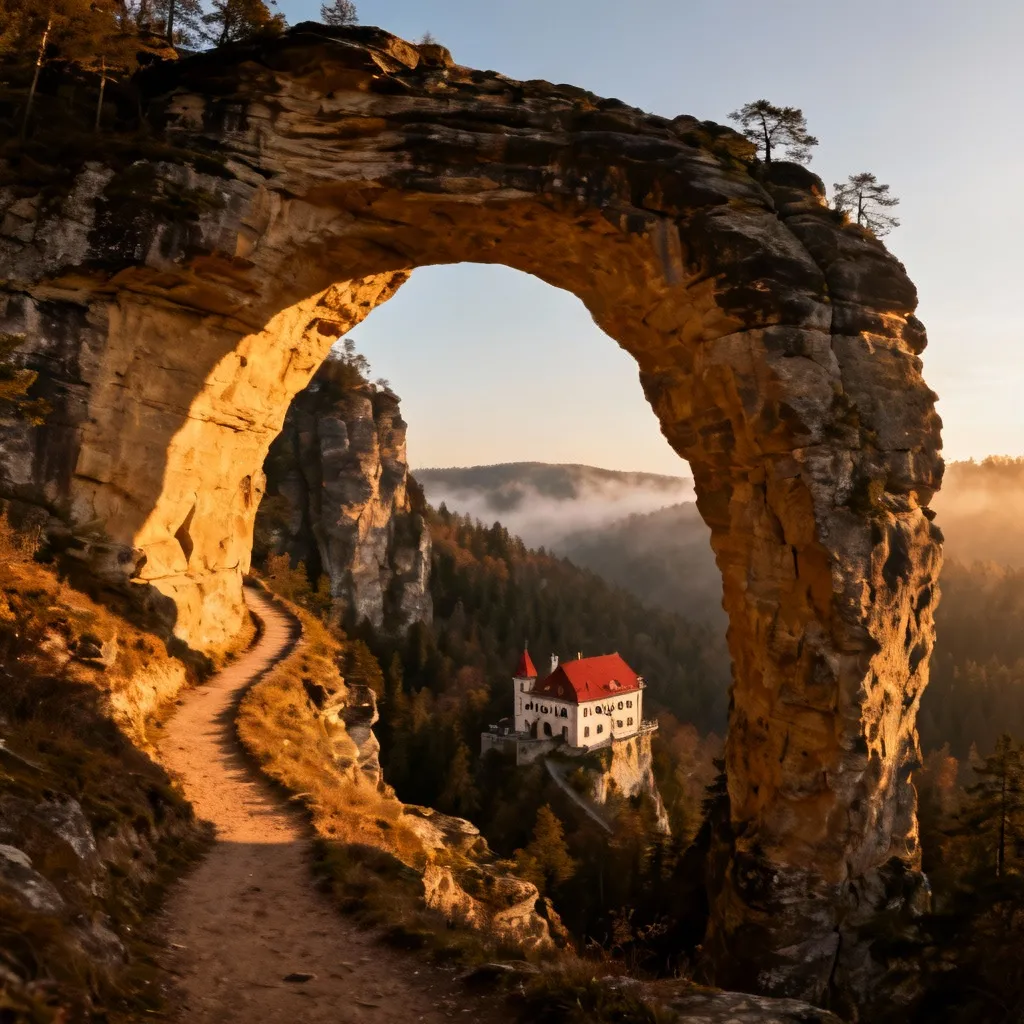Top 10 Natural Wonders in the Czech Republic: Essential Guide to Czechia's Must-See Landscapes
Introduction: Discovering the Unspoiled Nature of Czechia
The Czech Republic, often affectionately called Czechia, is globally renowned for the historic beauty of Prague and its countless medieval castles. However, traveling beyond the cobblestone streets reveals an astonishing natural tapestry, home to some of the most remarkable Natural Wonders Czech Republic has to offer. This stunning landscape provides a perfect counterpoint to the country’s architectural heritage, making a visit essential for any nature enthusiast.
A Brief Overview of Czechia's Diverse Geology and Four National Parks The foundation of Czechia Nature is built on incredible geological diversity, from ancient volcanic plugs to extensive sandstone basins. The country protects these treasures through four designated national parks: Krkonoše, Šumava, České Švýcarsko (Bohemian Switzerland), and Podyjí. These regions safeguard everything from glacial lakes and primeval forests to vast rock cities carved by millions of years of erosion.
Section 1: Towering Sandstone Rock Towns and Iconic Arches
1. Pravčická Brána: Europe’s Largest Sandstone Arch (Bohemian Switzerland)
Located in the heart of the České Švýcarsko National Park, also known as Bohemian Switzerland, the Pravčická Brána is a truly majestic sight. It stands as the largest natural sandstone arch in all of Europe. The immense sandstone gateway spans 26.5 meters and rises 16 meters high, creating a breathtaking frame for the surrounding landscape.
For preservation reasons, walking across the top of the arch is prohibited, but numerous viewing platforms provide unforgettable vistas. A scenic hike leads to the arch, near which the romantic Sokolí hnízdo (Falcon's Nest) chateau is situated, now operating as a hotel and restaurant. The sheer scale and delicate construction of this unique geological formation make it the iconic symbol of this national park.

2. Adršpach-Teplice Rocks: The Labyrinthine Rock Cities of Bohemia
The Adršpach rocks, often combined with the neighboring Teplice rock town, form the largest and most rugged rock labyrinth in Central Europe. Walking the marked trails feels like navigating a city built of colossal stone pillars, with formations named whimsically after things they resemble, such as "The Lovers" or "The Mayor and Mayoress."
Travel tips: You should pre-book tickets online, especially during peak season, as entry is capacity-controlled to protect the delicate environment. Beyond the main Adršpach-Teplice Rocks circuit, look for the boat ride through a hidden gorge on the River Metuje and a dramatic view of the Great Waterfall, often described as magical when it freezes over in winter.
3. Bohemian Paradise (Český ráj) and the Prachov Rocks
The first Protected Landscape Area in Czechia, Bohemian Paradise (Český ráj) lives up to its name, blending historical castles with staggering natural formations. Its focal point is the Prachov Rocks (Prachovské skály), a stunning "rock city" composed of Cretaceous sandstone.
Here, adventurous hikers must navigate narrow canyons, steep stone staircases, and passages, offering an intimate connection with the sheer size of the towering spires. Two primary circular hiking routes, marked in yellow (shorter) and red (longer), guide visitors past several crucial lookouts offering panoramic views over the entire sandstone landscape. The red route is essential for fully immersing yourself in this spectacular geological marvel.
Section 2: Majestic Mountain Peaks and Ancient Forests
4. Krkonoše National Park and Sněžka Mountain (Czechia's Highest Peak)
The Krkonoše (Giant Mountains) straddle the border with Poland and are home to the nation’s highest point, Sněžka. This mountain, peaking at 1,603 meters above sea level, is one of the most visible landmarks in the country.
The Krkonoše National Park, designated as a UNESCO biosphere reserve, protects a truly unique ecosystem of high-altitude alpine meadows and glacier cirques. Several routes, including a convenient cabin cableway from Pec pod Sněžkou, allow hikers to reach the peak, where one can find a chapel, a weather station, and the Czech Republic's highest post office.
5. Šumava National Park: The 'Green Roof of Europe' and Glacial Lakes
Šumava, or the Bohemian Forest, is often referred to as the "Green Roof of Europe" because it forms the largest continuous forested area in Central Europe alongside Germany’s Bavarian Forest. Declared a UNESCO Biosphere Reserve, Šumava is defined by a landscape untouched for decades due to its position along the former Iron Curtain.
This extensive national park is a wilderness sanctuary known for its unique remnants of the Ice Age, specifically its clear, pristine glacial lakes and vast, mysterious peat bogs (slatě). Lakes like Černé (Black Lake) and Čertovo (Devil's Lake) are popular hiking destinations, providing a serene alpine feel amidst the old-growth forests. Visitors can also hike to the very source of the mighty Vltava River in the Kvilda area.
Exploring Unique Features: Peat Bogs and Alpine Meadows
Šumava's high plateaus are characterized by peat bogs, a delicate environment that serves as a vital ecological record and a watershed. Walking along boardwalks that crisscross these moss-covered areas allows a safe way to observe this sensitive terrain, contrasting the rugged peaks of the country's other mountain parks. Look for the educational Three Lake Moor trail for a short, accessible exploration of this unique flora.

Section 3: The Mysteries of Karst Geology and Deepest Waterways
6. Moravian Karst: The Dramatic Macocha Abyss and Punkva Caves
In the Moravia region, the limestone topography of the Moravian Karst contains over 1,000 caves, five of which are open to the public. The absolute centerpiece is the monumental Macocha Abyss (known as the 'Stepmother' abyss), a stunning geological collapse. The upper section of the abyss plunges 138.7 meters to the surface of a lower lake.
The only way to reach the bottom of the gorge is through a guided tour of the Punkva Caves. The tour itself offers an unforgettable experience, combining walking through decorated, dry caverns with an essential boat cruise along the subterranean Punkva River. Booking ahead is highly recommended, especially during the summer.
7. Hranice Abyss: Delving into the World's Deepest Freshwater Cave
Pushing the boundaries of speleology, the Hranice Abyss near the city of Hranice holds a true global record. It is recognized as the world's deepest known flooded freshwater cave system. Though divers have reached considerable depths, an ROV (remotely operated vehicle) officially recorded a depth of 404 meters in 2016, and then 519.5m in 2022, with geologists estimating its true bottom to be more than a kilometer deep.
While divers primarily explore this challenging site, visitors can easily view the water-filled Hranice Abyss sinkhole and its 69.5-meter deep dry entrance from an accessible viewpoint. Its extreme depth highlights the fascinating, sometimes inverted, power of thermal mineral springs to carve massive caves from the bedrock from the bottom up.
8. Vyhlídka Máj: The Iconic Vltava River Horseshoe Bend
The Vyhlídka Máj lookout is easily one of the most recognizable views of Czechia Nature near Prague, famous for its dramatic perspective over a monumental meander of the Vltava River. The Vltava, which is the country’s longest river, carves a perfect horseshoe shape deep into a steep, rocky gorge here, reminiscent of Arizona’s famed Horseshoe Bend, but clothed in dense forest.
To visit, travelers should park near the village of Teletín and follow the short, well-marked path—the viewpoint itself is simply a sheer, natural rock edge without railings. Wear good shoes and take extra caution, as you will be standing directly on the clifftop to capture that quintessential, panoramic shot.
Section 4: Massive Canyons and Otherworldly Landscapes
9. Elbe Canyon (Děčínská vrchovina): The Largest Sandstone Canyon in Europe
Near the city of Děčín, the mighty Elbe River has spent millennia carving out the Elbe Canyon (Labský kaňon). This gorge is hailed as the deepest and largest sandstone canyon in all of Europe.
The canyon plunges 300 meters, framed by spectacular sandstone walls and prominent rock towers. Visitors should seek out viewpoints like Belvedér, which provide a sheer, heart-stopping view over the winding river and the rugged valley floor below. This area is also hugely popular with rock climbers and offers miles of accessible hiking in a vast natural amphitheater.

10. Soos National Nature Reserve: Mineral Springs and Mud Volcanoes
For a landscape that feels completely otherworldly, a visit to the Soos Nature Reserve (near Františkovy Lázně) is essential. This unique area, sometimes dubbed the ‘Czech Yellowstone,’ is a vast peat bog built upon the basin of an ancient saltwater lake.
Its primary attractions are the bubbling, grey mud volcanoes, locally called mofettes, which emit pure carbon dioxide, giving the site its Martian feel. Visitors can safely explore the reserve via an educational wooden boardwalk trail that traverses the exposed lakebed, allowing an up-close view of mineral springs and salt-loving flora that thrive in the strange conditions.
Conclusion: Planning Your Natural Adventure
Czechia offers a spectrum of breathtaking natural phenomena, from the largest European sandstone arch in Bohemian Switzerland to the subterranean wonders of Moravian Karst. Our Natural Wonders Czech Republic top 10 list covers rock cities like the Adršpach rocks, Europe's deepest freshwater cave, and the Green Roof of Europe. For travelers, always practice sustainable ecotourism: stay on marked hiking trails, respect the designated climbing zones, and book ahead, particularly for fragile or high-traffic areas like the cave systems and rock towns.
